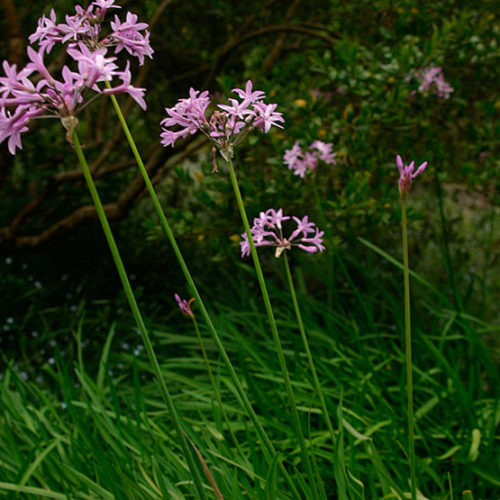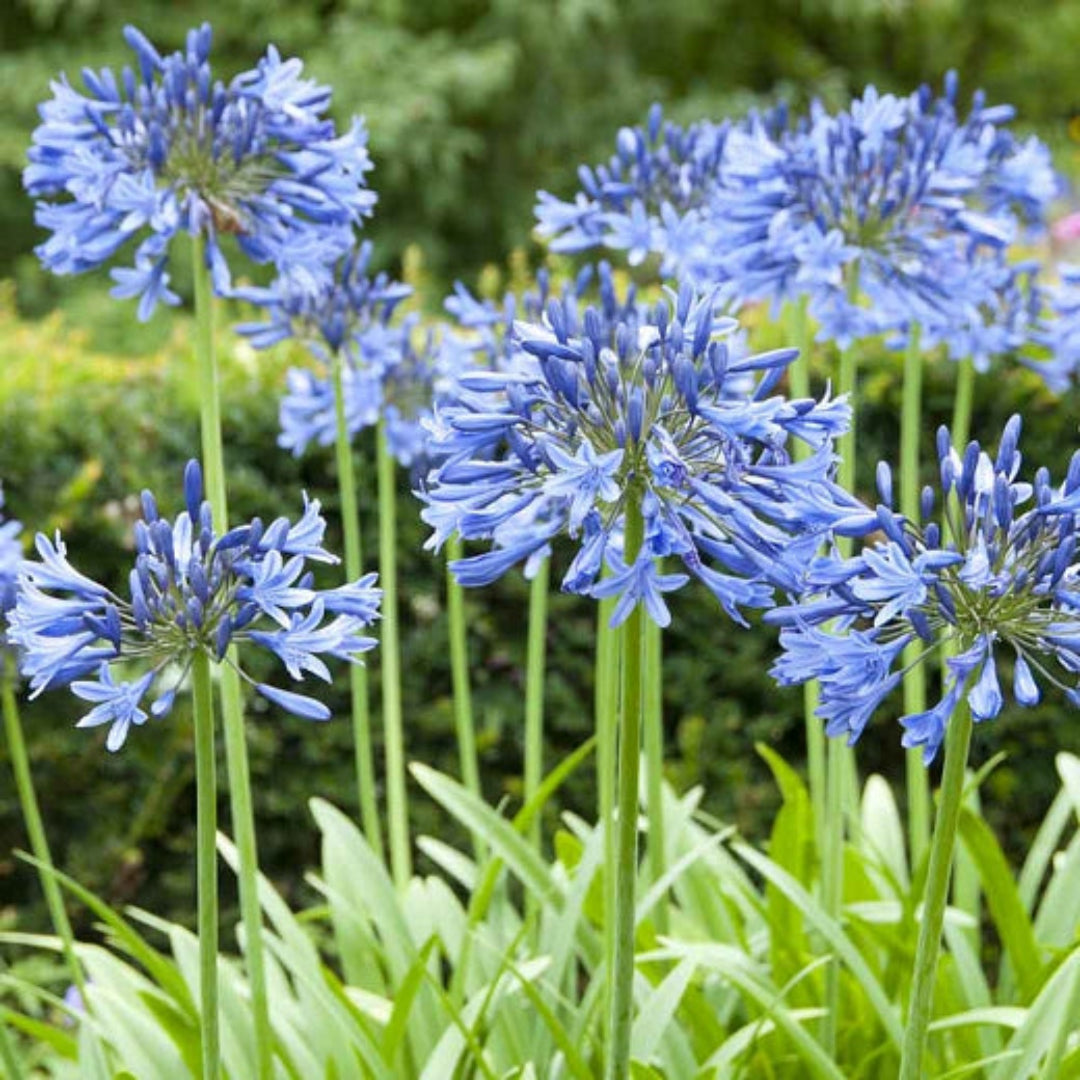Spectacular Agapanthus: Enhancing Your Garden's Beauty
Spectacular Agapanthus: Enhancing Your Garden's Beauty
Blog Article
Mastering the Art of Agapanthus Treatment: Crucial Actions for Healthy And Balanced Growth and Dynamic Blossoms
In the realm of cultivation, the farming of agapanthus stands as a satisfying endeavor for those who look for to nurture these classy flowering plants. From choosing the appropriate variety to mastering pruning methods, the journey in the direction of cultivating growing agapanthus plants is multifaceted and holds the crucial to opening the full potential of these herb treasures.

Picking the Right Agapanthus Variety

When choosing the right Agapanthus selection for your garden, think about elements such as climate suitability, flower shade, and growth habit. Agapanthus, typically referred to as Lily of the Nile or African lily, can be found in a variety of shades ranging from tones of purple and blue to white. Select a bloom shade that complements your existing yard combination to create an unified landscape. In addition, think about the climate in your region to make certain the Agapanthus variety you select can prosper in your certain conditions. Some selections are extra forgiving of cool temperature levels, while others favor warmer climates. Recognizing the development practice of various Agapanthus ranges is important for appropriate placement within your garden. Some selections have a clumping development practice, ideal for boundaries or containers, while others have a more dispersing nature, appropriate for ground cover or mass plantings. By very carefully assessing these variables, you can pick the excellent Agapanthus selection to boost the appeal of your yard.
Perfect Growing Problems
Taking into consideration the optimum ecological demands is crucial for successful Agapanthus growing. Agapanthus plants are sensitive to cool temperatures and need to be protected from frost during winter months.
To make sure healthy and balanced development and vivid blooms, plant Agapanthus bulbs at a deepness of regarding 2-4 inches and area them 8-12 inches apart. Mulching around the base of the plants assists retain wetness and reduces weed development.
Watering and Feeding Tips
Maintaining proper moisture levels and giving crucial nutrients are essential aspects in the treatment routine for Agapanthus plants. When it pertains to sprinkling Agapanthus, it is vital to strike a balance. These plants prefer consistently wet dirt but are vulnerable to root rot if overwatered. During the growing season, water deeply when a week, guaranteeing the dirt is well-draining to protect against waterlogging. In hotter environments or throughout periods of dry spell, even more frequent watering might be required to maintain the dirt evenly moist. Nonetheless, lower watering in the winter to protect against water logged conditions.
Fertilizing Agapanthus is important for advertising healthy and balanced growth and prolific blooms. Apply a well balanced fertilizer, such as a 10-10-10 formula, in the very early springtime as new development emerges. Repeat this application every 6-8 weeks throughout the expanding season. Stay clear of too much fertilizing, as it can lead to lavish vegetation at the cost of flowers. Always comply with the supplier's directions for correct dilution and application techniques. By adhering to these watering and feeding suggestions, you can guarantee your Agapanthus plants prosper and generate vibrant, durable blooms.
Pruning Methods for Agapanthus
Trimming Agapanthus plants at the ideal times and with correct strategies is important for preserving their wellness and promoting ideal development and flowering. The perfect time to trim Agapanthus is in late winter or early spring prior to brand-new development emerges.
Deadheading spent blossoms can also reroute the plant's power into creating more blooms instead than setting seeds. If you want to gather seeds for breeding, leave some flowers to websites completely dry and mature on the plant.
Keep in mind to use tidy, sharp tools to make accurate cuts and reduce the risk of presenting conditions. Agapanthus. Routine pruning will certainly assist keep your Agapanthus looking cool and healthy and balanced while ensuring an abundant screen of lovely blossoms
Managing Common Parasites and Conditions
After ensuring proper pruning methods for Agapanthus, it is necessary to address typical pests and illness that can impact the health and wellness and vitality of these plants. One typical parasite that impacts Agapanthus is the Agapanthus gall midge.
In addition, Agapanthus plants can experience from origin rot if they are grown in badly draining soil. By being attentive and taking timely action against diseases and insects, you can aid your Agapanthus plants grow and generate vivid blossoms. Agapanthus.

Conclusion
In conclusion, mastering the art of agapanthus treatment entails choosing the right variety, providing ideal growing problems, appropriate watering and fertilizing, appropriate trimming strategies, and attending to usual bugs and illness. By following these important steps, you can make sure healthy growth and vivid flowers for your agapanthus plants. Remember to frequently monitor and preserve your plants to promote their total wellness and durability.
To make certain healthy and balanced growth and vivid blooms, plant Agapanthus light bulbs at a view it depth of about 2-4 inches and area them 8-12 inches apart. By adhering to these watering and fertilizing pointers, you can ensure your Agapanthus plants grow and produce vivid, resilient blooms.
One typical pest that influences Agapanthus is the Agapanthus gall midge. Additionally, Agapanthus plants can endure from root rot if they are planted in poorly draining pipes soil. By complying with these Our site vital steps, you can make certain healthy development and vivid blooms for your agapanthus plants.
Report this page